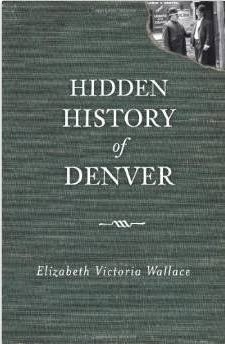 As a fan of Stephen King and living in Colorado, I just had to go and stay at the Stanley Hotel in Estes Park where it is reputed Mr. King wrote the blockbuster novel (and film) The Shining. As a writer, I stood outside the room he used and tried to imagine what it must have been like all those years ago when the idea for the novel came into his mind. I could envision him feverishly pounding the story out behind that closed door...so imagine my disappointment when I discovered he was living in Boulder at the time and actually wrote the book almost 40 miles away.
As a fan of Stephen King and living in Colorado, I just had to go and stay at the Stanley Hotel in Estes Park where it is reputed Mr. King wrote the blockbuster novel (and film) The Shining. As a writer, I stood outside the room he used and tried to imagine what it must have been like all those years ago when the idea for the novel came into his mind. I could envision him feverishly pounding the story out behind that closed door...so imagine my disappointment when I discovered he was living in Boulder at the time and actually wrote the book almost 40 miles away.The Stanley Hotel is a wonderful place to stay. While I was there, a wedding reception was in progress and happy people were milling around in lovely clothes, posing on the magnificent Georgian staircase and in the grounds. It's a great place to hold an event and the staff are professional and friendly.
Not long after visiting the Stanley, having published several nonfiction books, I was inspired to write my first novel (Forbidden). One year and 78,000 words later - I can happily say "I'm done!"





